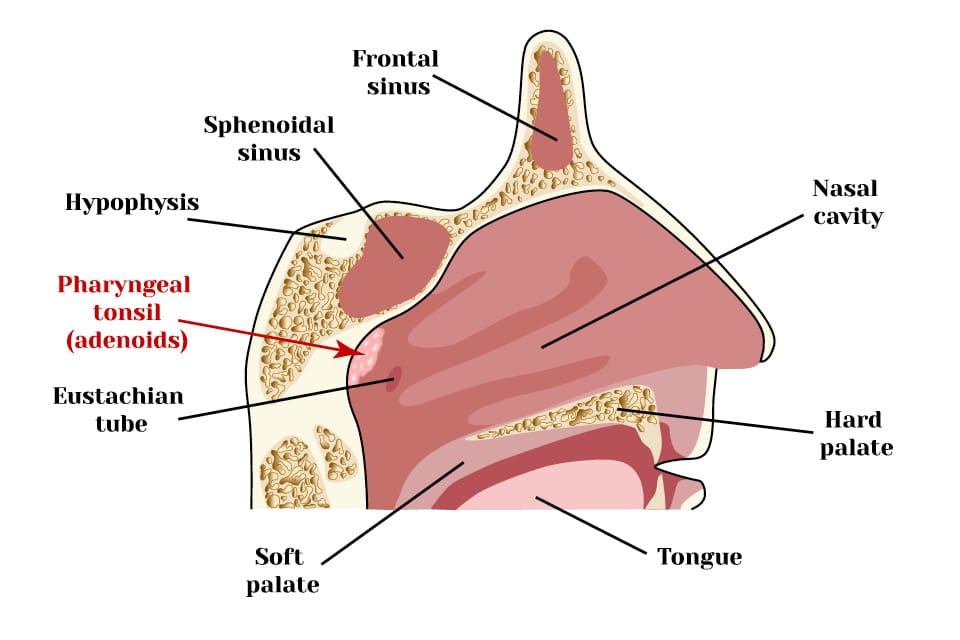Why Swimmer’s Ear Is Not Always Caused By Swimming
Painful infections of the ear canal in both children and adults tend to increase during warmer weather when water activities and swimming are more common (thus the term “swimmer’s ear”). Although ear canal infections are more likely to occur after swimming in a lake, an ocean, a pond, or an undertreated pool, ear infections are also common in patients with dry, itchy (eczematous) ear canals.
 The Most Common Causes of Ear Canal Infections
The Most Common Causes of Ear Canal Infections
For people with eczema, scratching itchy ears usually causes more ear canal infections than swimming because bacteria can easily penetrate the tiny cracks found in dry skin or through scratches created in response to itchy ears.
Acute otitis externa (AOE) is a painful condition that causes sudden, painful inflammation of the ear canal and swelling of the surrounding tissues. It may also cause drainage from the ear and changes in hearing and may affect the eardrum (tympanic membrane) and the pinna (the visible part of the ear that is on the outside of the head).
The bacteria most often associated with AOE are Pseudomonas aeruginosa and Staphylococcus aureus. These bacteria can typically be treated with antibiotic ear drops called fluoroquinolones. When antibiotic ear drops cannot reach the ear canal due to swelling, a small, expanding sponge (otowick) soaked with the antibiotic drops is often used to treat pain in the ear canal. This treatment takes just a few minutes to perform and is extremely effective in allowing the antibiotic drops to reach deeper painful surfaces of the ear canal. If the infection spreads beyond the ear canal to the outer ear and surrounding skin, treatment for this condition, called cellulitis, involves both oral antibiotics and ear drops.
Necrotizing Otitis Externa
In rare cases, older adults with diabetes or immune disorders may develop a life-threatening ear infection condition known as necrotizing otitis externa. When a bacterial infection penetrates the skin of the ear canal and into the underlying temporal bone, it can quickly spread to the brain and blood vessels of the skull. This creates an ear, nose, and throat (ENT) emergency and requires immediate medical attention. Necrotizing otitis externa can lead to paralysis of the facial and cranial nerves and unrelenting deep ear pain, and eventually can even spread to the brain and cause death. Diagnosis of necrotizing otitis externa typically requires the expertise of an experienced otolaryngologist.
Preventing Acute Otitis Externa (AOE)
To prevent AOE, avoid putting your fingers, Q-tips, or other foreign materials into your ear canals. Be warned that Q-tips are more correctly called “cotton-tipped applicators.” Their intended hygienic purpose is to apply materials to the external skin, not to be pushed into the ear canal. Earplugs should also be considered to prevent water from getting into the ear canals.
If you are suffering ear pain, drainage, and/or sudden changes in your hearing, we suggest you seek immediate evaluation by an ENT specialist to maintain healthy ears and avoid complications.



